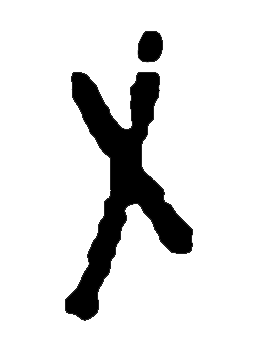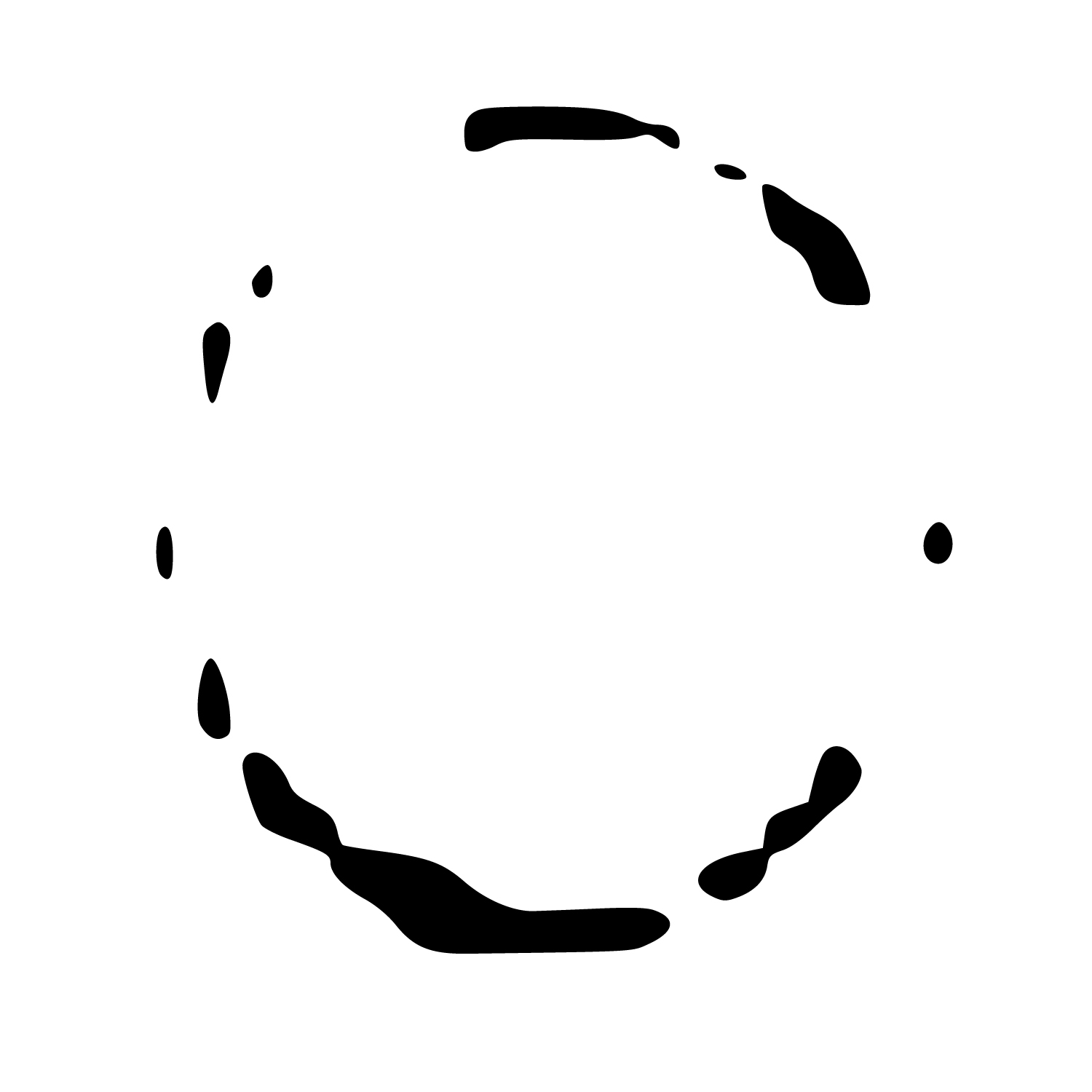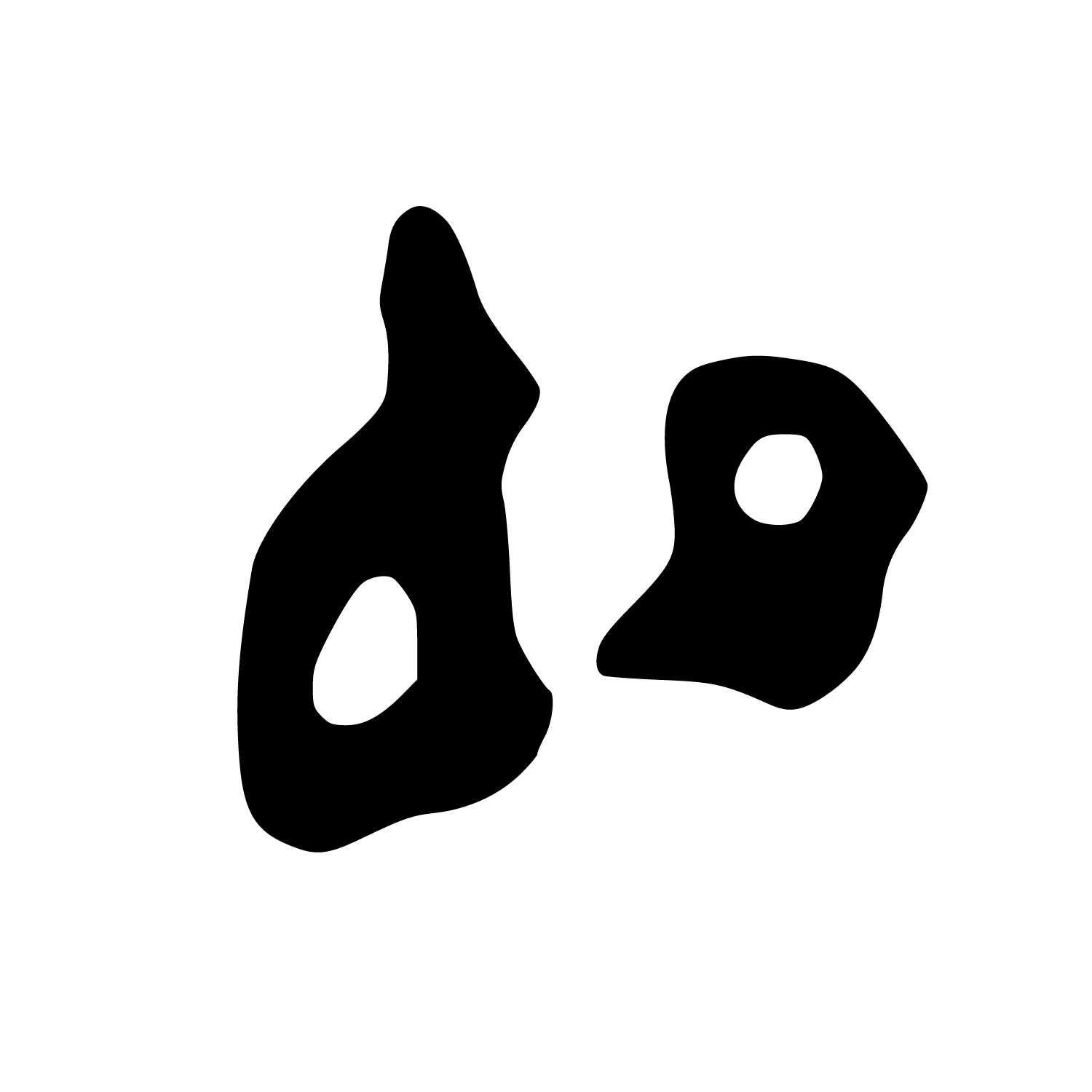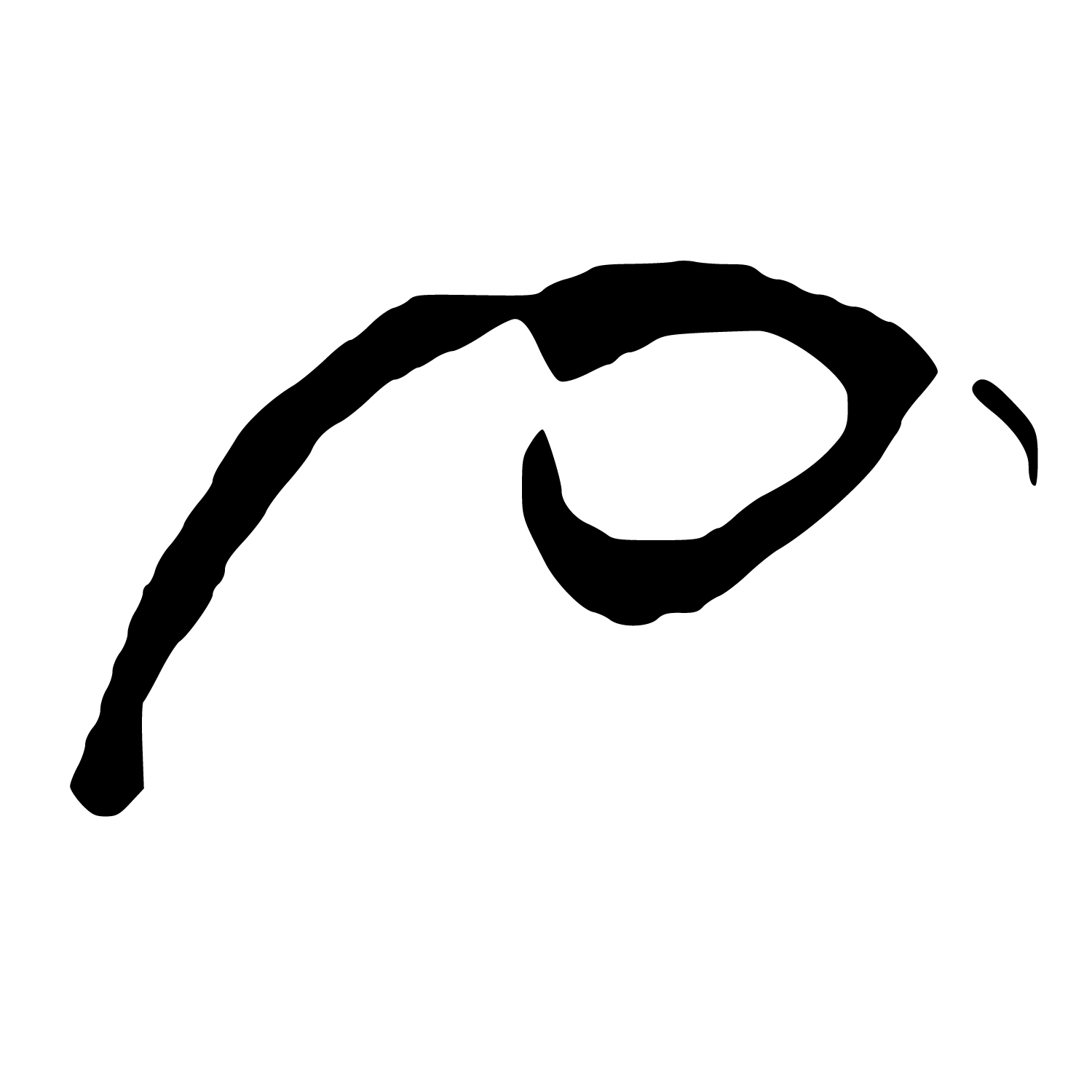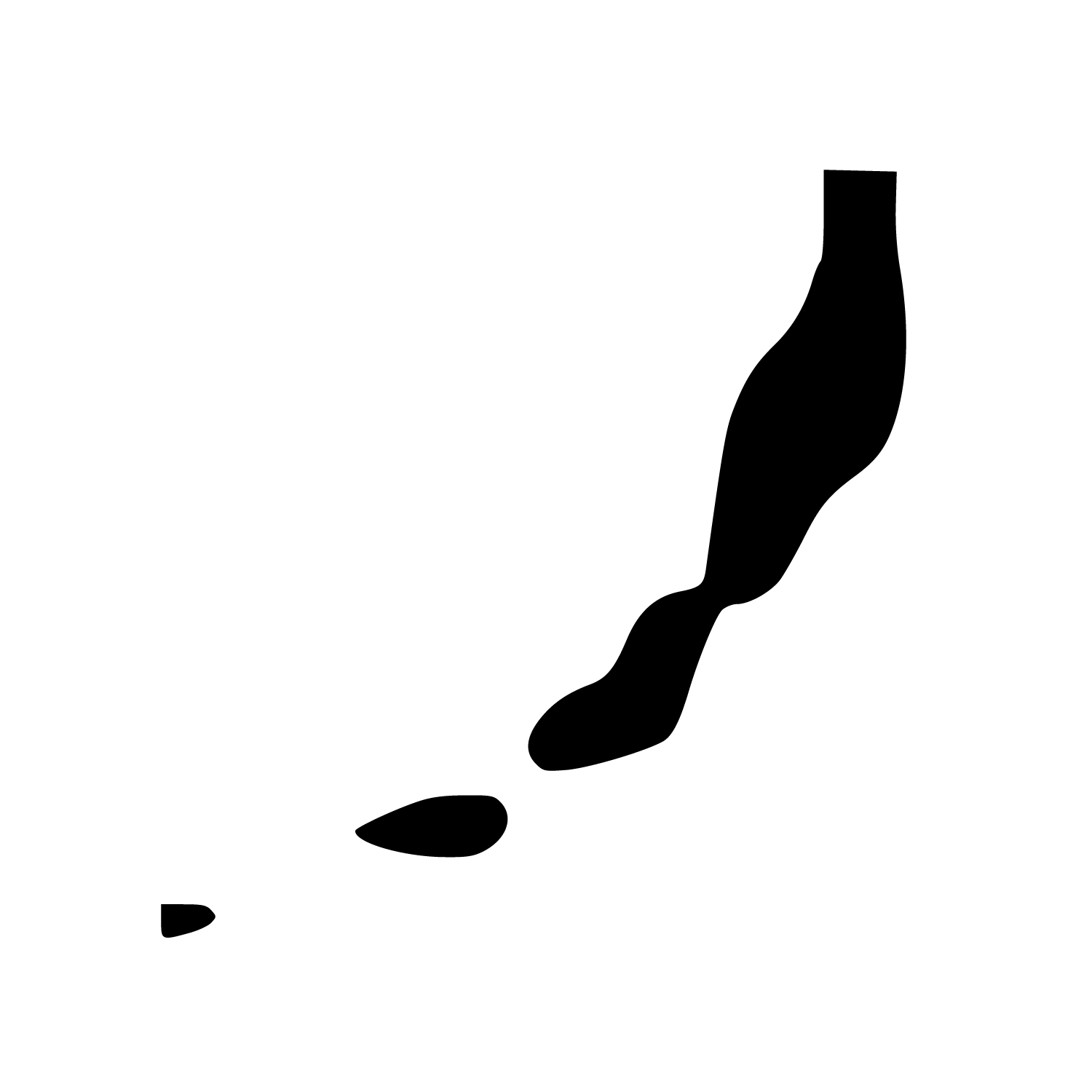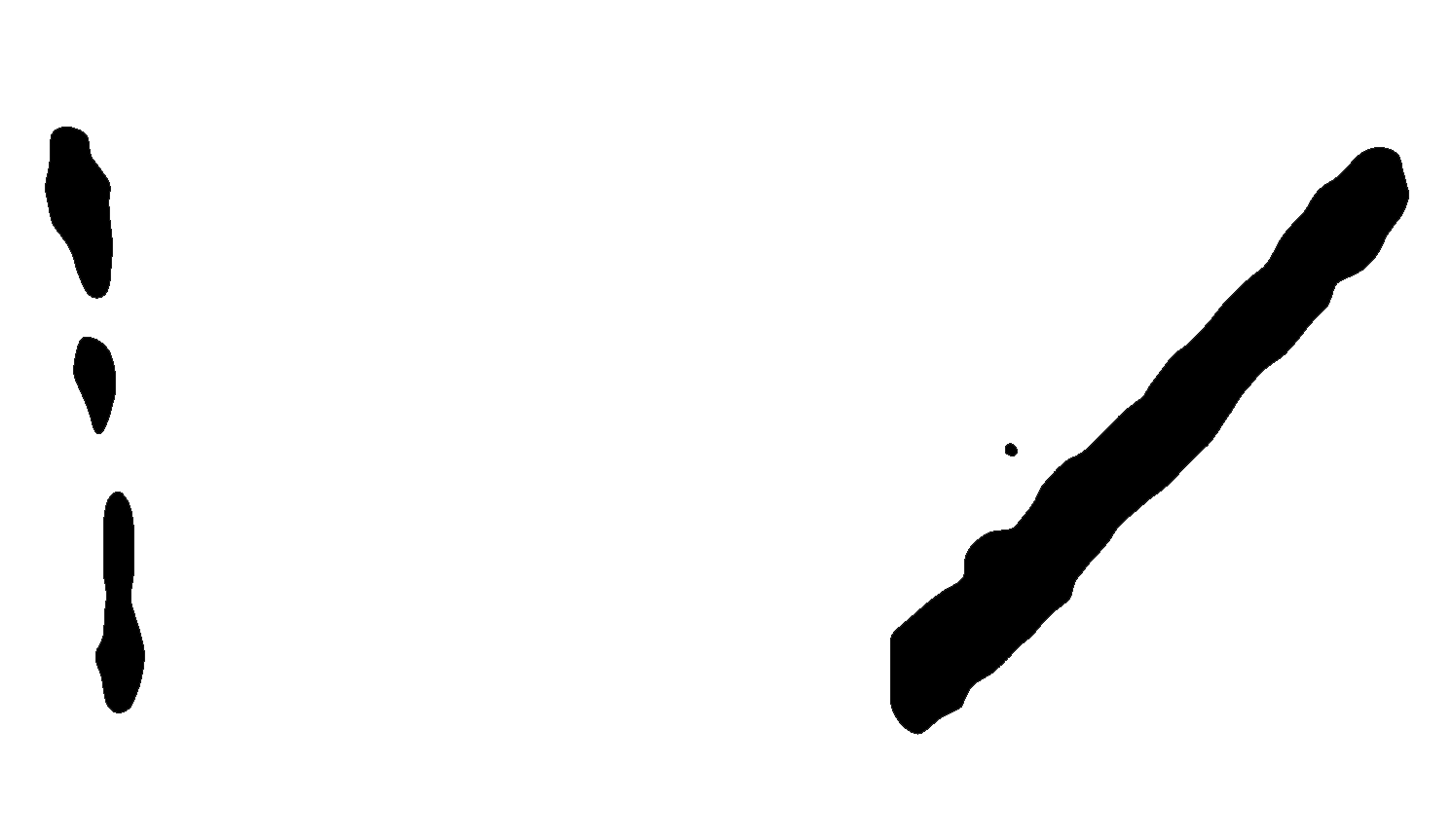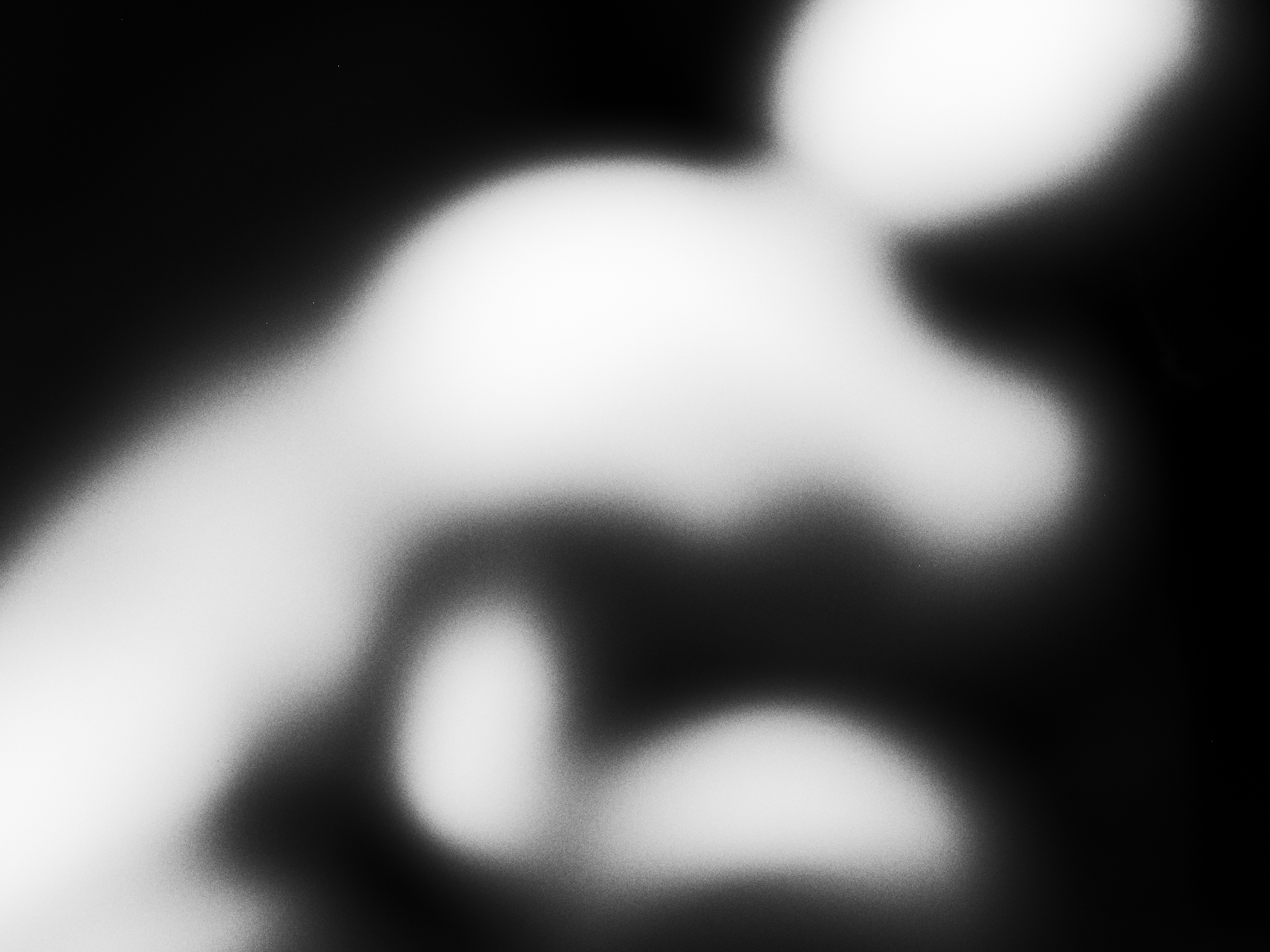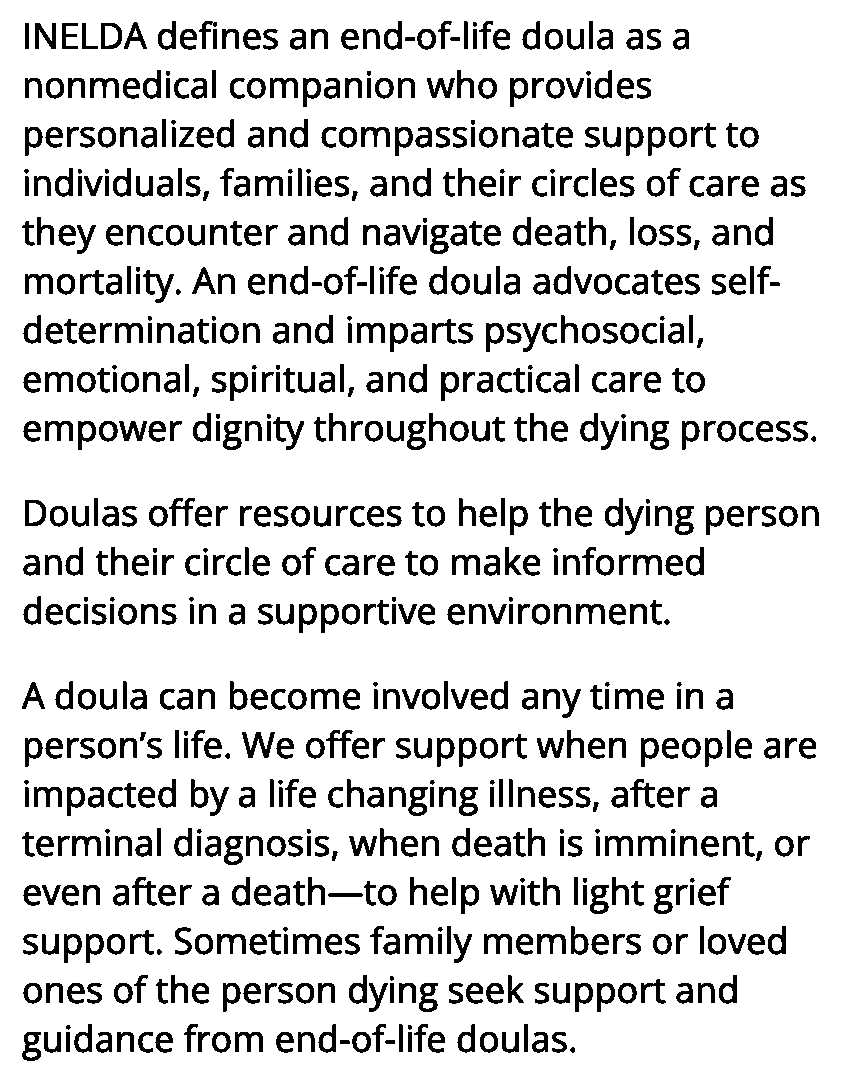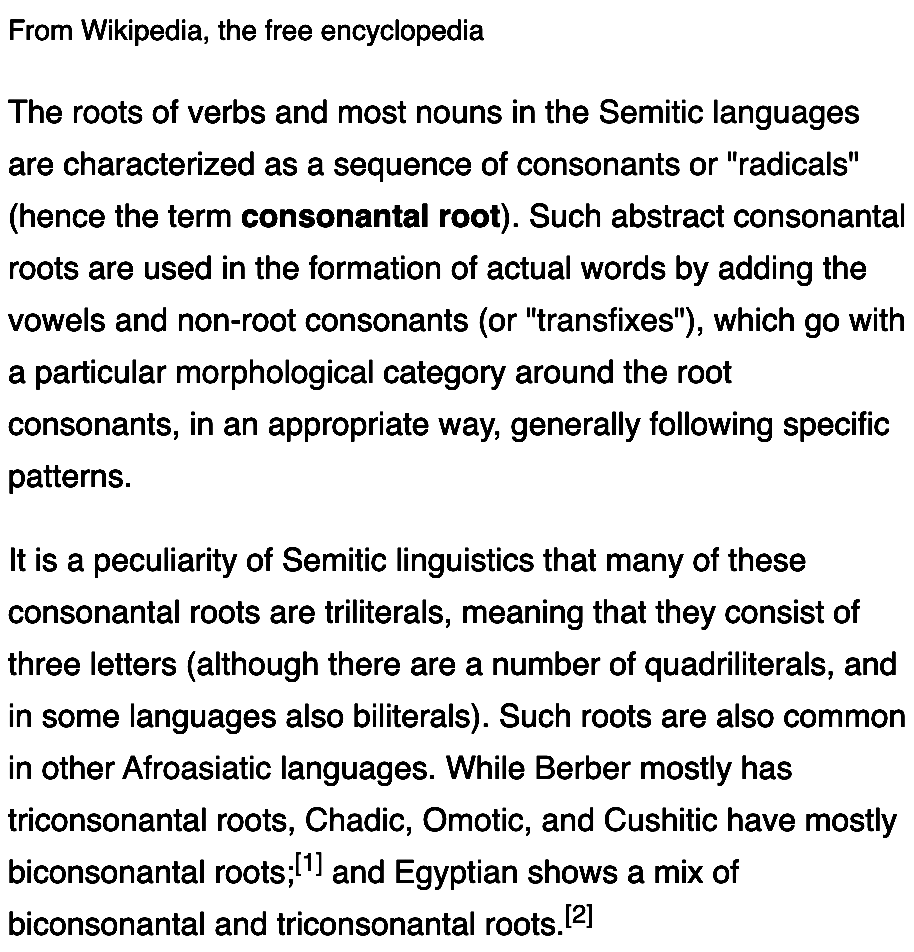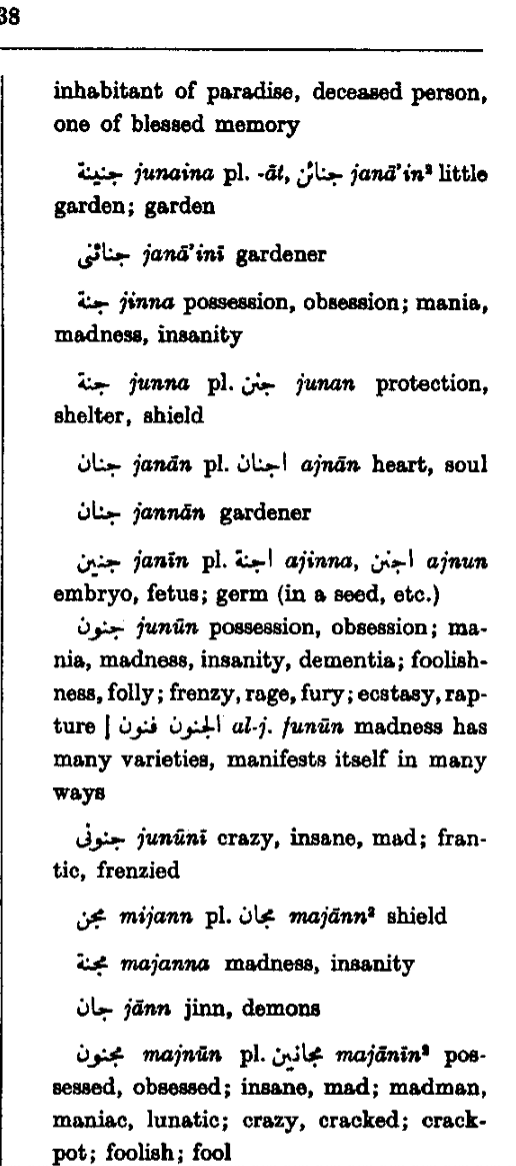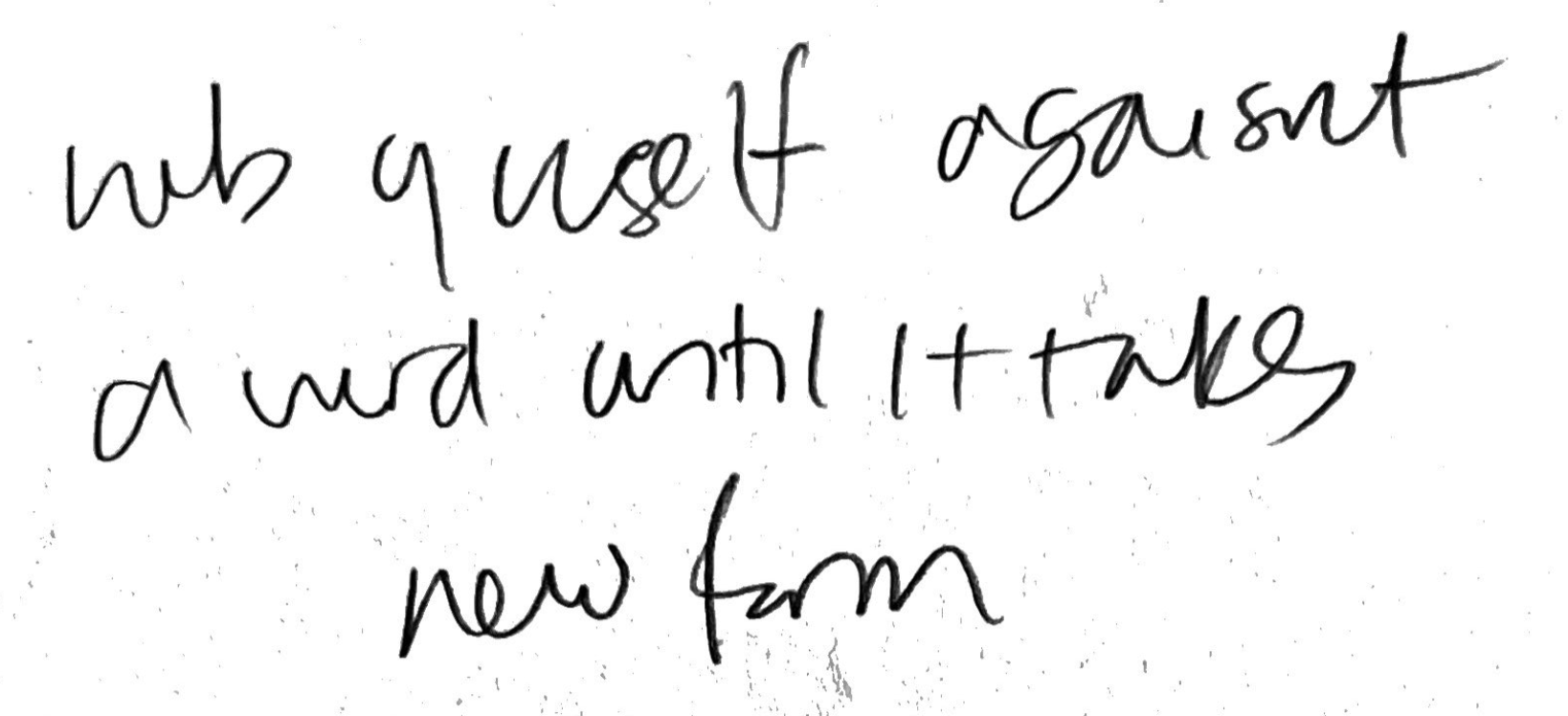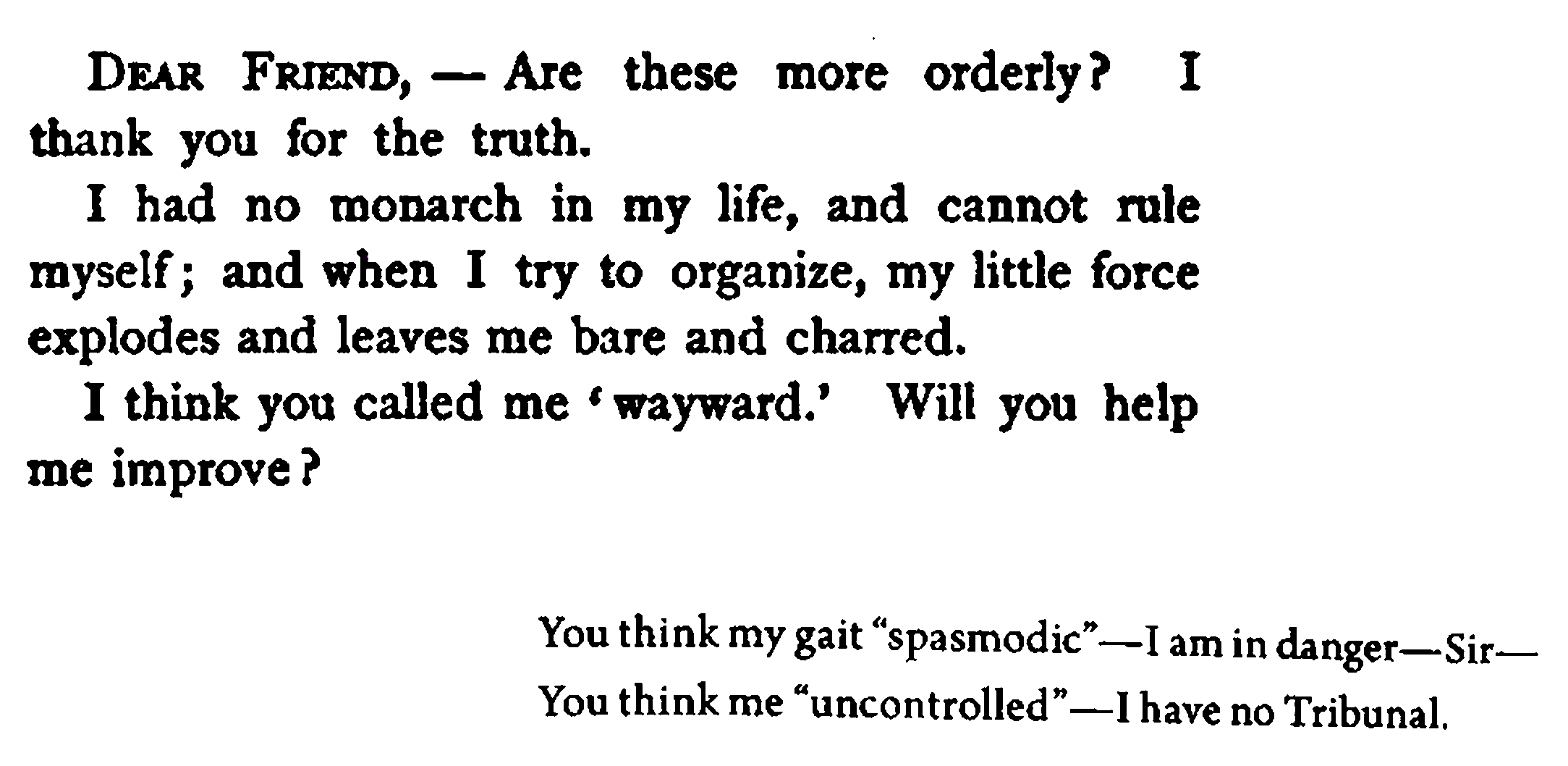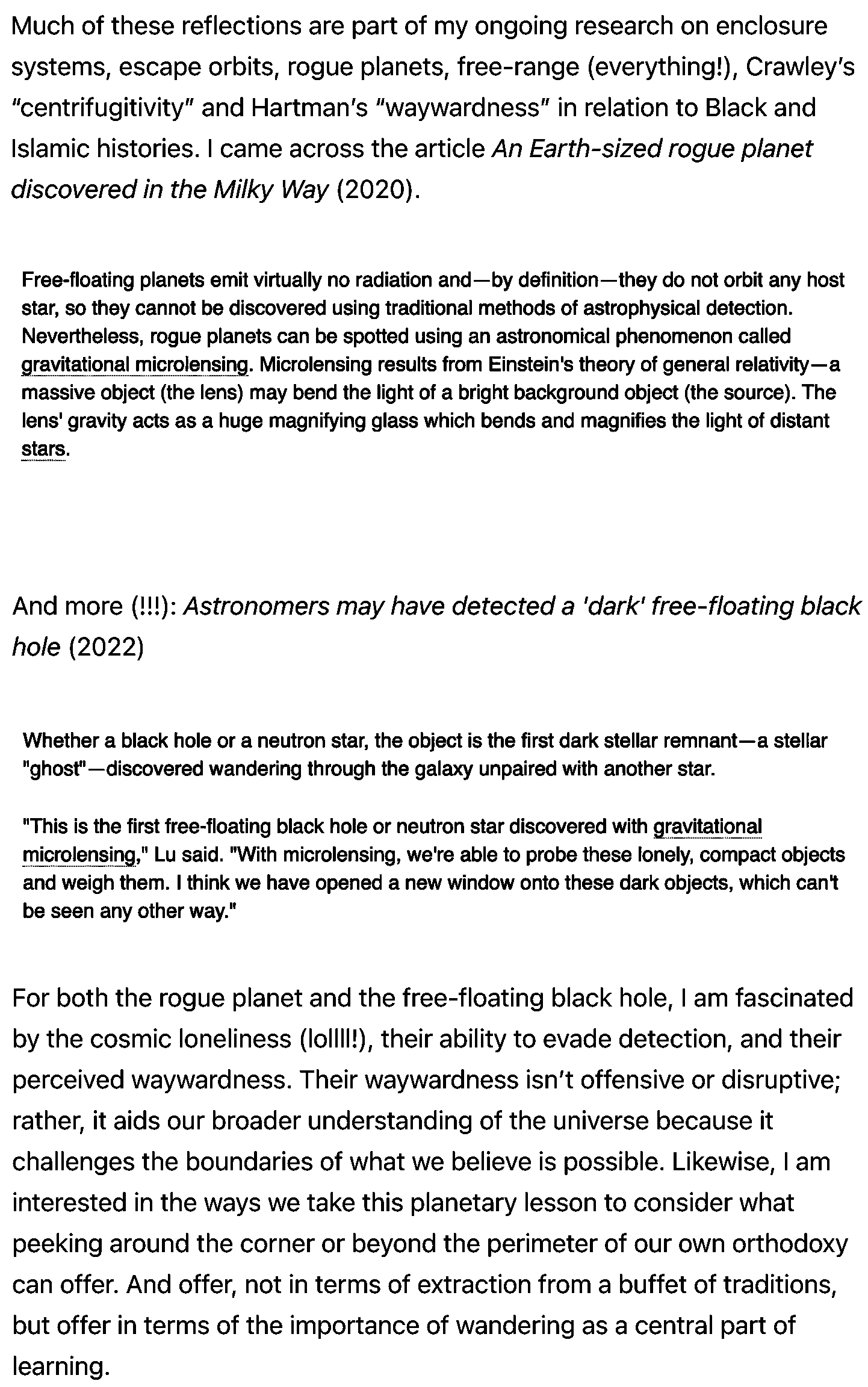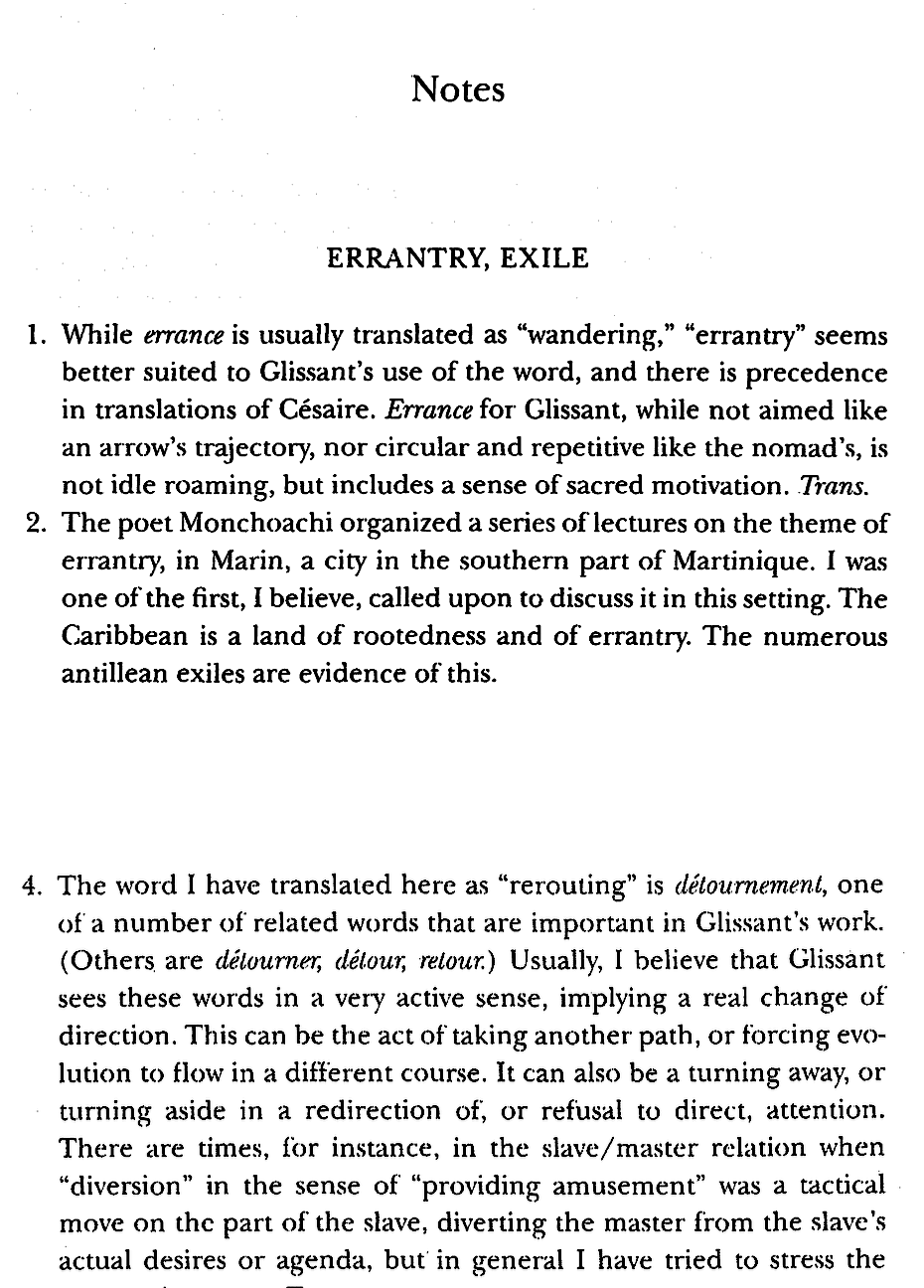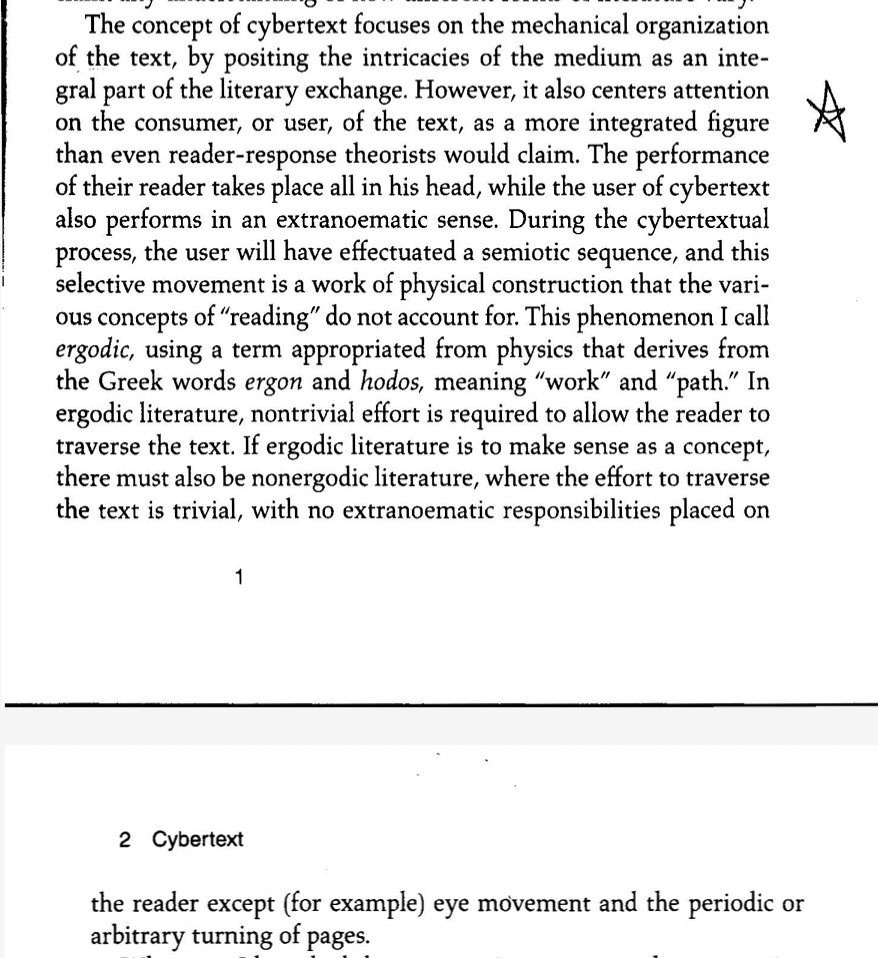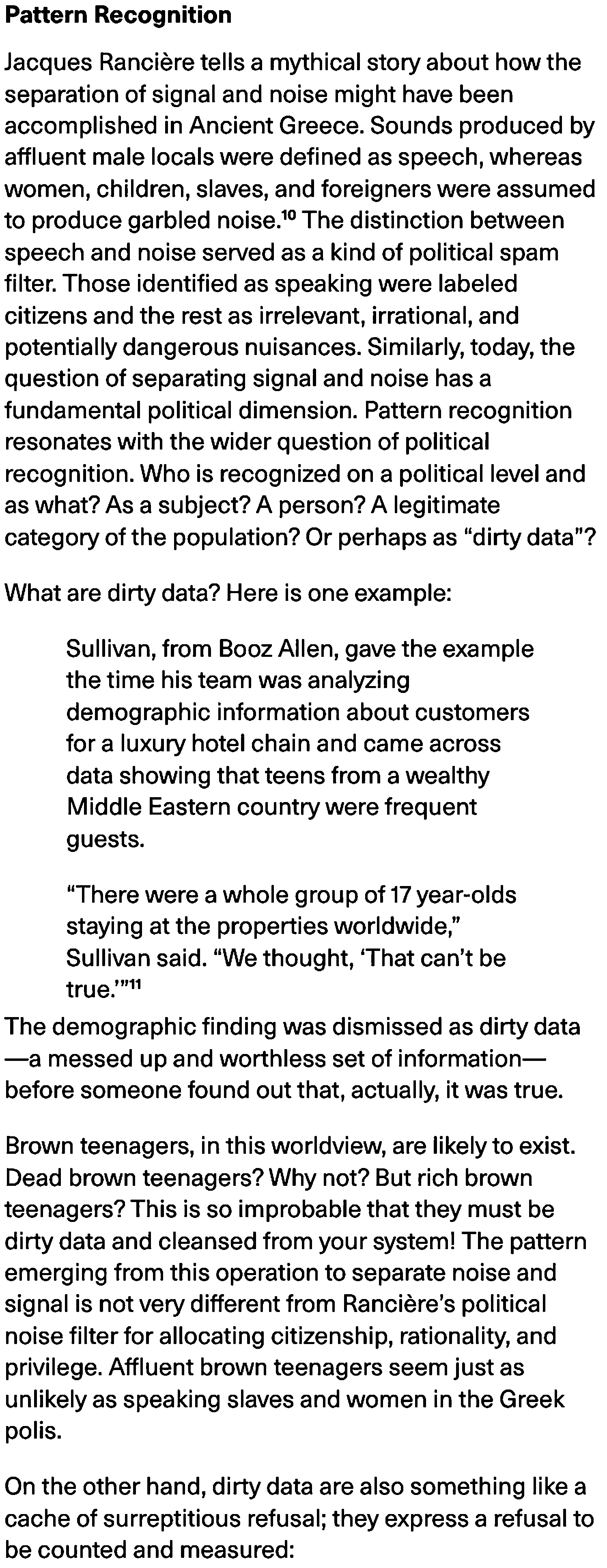I am a learner [1] and a death doula [2] in (perpetual) training.
My middle name, Janan, comes from the Arabic trilateral root [3a] (J-N-N / جنان) [3b][3c], evoking that which is unmoored, veiled, and wayward.
Accordingly, I explore gestures of non-compliance and disobedience across written, spoken, and visual language.
I examine the materiality[4a] [4b] [4c] [4d] of wayward [5a] [5b] language: acrobatic sentences [6] (Clarice Lispector); anarchic stanzas with no recognized monarch [7] (Emily Dickinson);
phrases with trapdoors or underground railroads [8] (Fred Moten); runaway syllables that scatter to the marooned edges of a page; words that escape the orbit [9] of their mother sentence; footnotes that consume their reference; and ecstatic outbursts that dissipate before being recorded.
Likewise, I consider errant [10] “reading” and perception practices – the consumption and metabolization of the written word; a reader’s antenna that picks up just as much noise as signal; and surrendering to ergodic [11] texts. I am curious about the politics of noise, “dirty data,” [12] and intelligibility.
A “language person” (Paul Soulellis), I “give language a body” (Chang Yuchen) through large-scale installations, multichannel video works, publications, learning platforms, software, performance, public archives, and other forms yet to be determined.






